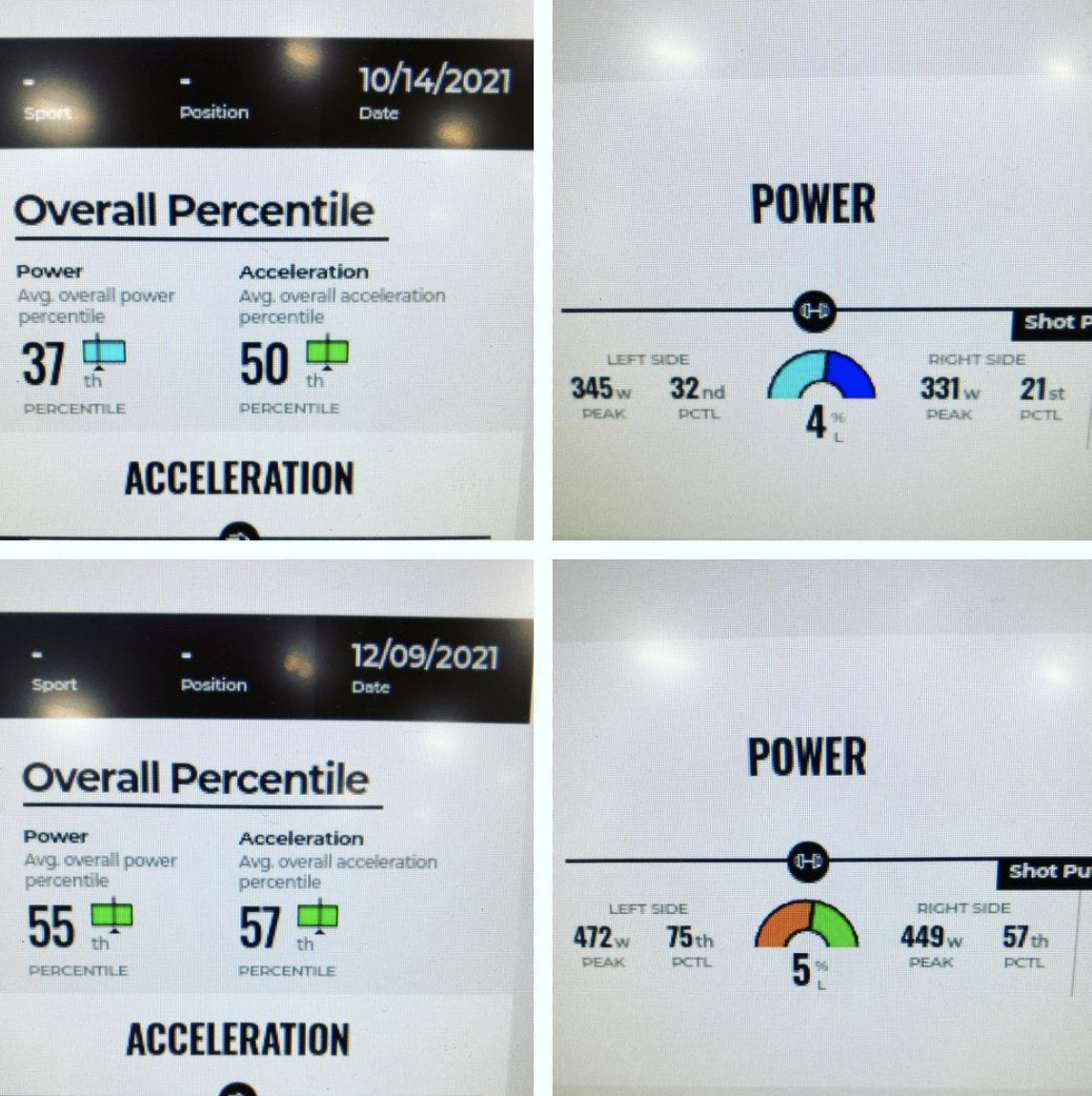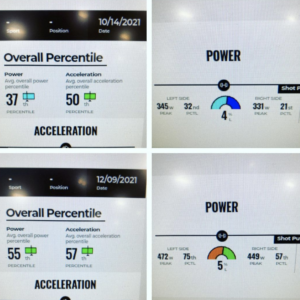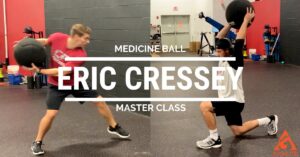
Programming Principles: Installment 6
I haven’t updated this strength and conditioning programming series since March, so I figured it’d be a good time to squeeze something in before the end of the year. Here are a few guidelines I hope you’ll find useful as you write up programs:
1. Power detrains the fastest.
Maximal strength and aerobic capacity “endure” pretty easily. You don’t have to train them really frequently in order to preserve what you’ve built. Improving these qualities is a different story; unless you’re an inexperienced trainee, you’re going to have to make a much more dedicated effort to build them up.
Power might be the most stubborn quality to develop and maintain, though. It takes time to develop it the right way, as it’s as much a function of elastic components (e.g., tendons, fascia) as it is about the muscular component of force (Bill Parisi was a great podcast guest on this front, if you’re interested in digging deeper). Additionally, power detrains the fastest; athletes need exposures to it on a more regular basis to preserve it. What programming implications does this have?
First, I like to preserve power training work at full volume in most cases during deload weeks. We can drop volume, intensity, and/or frequency from maximal strength and assistance work, but I typically want athletes continuing with their sprinting, jumping, and change of direction (assuming there are no injury concerns that would preclude them from doing so).
Second, I’ve gotten away from a true month-long deload from sprinting/jumping/aggressive med ball work at the start of the offseason for our athletes. We now get back to tempo runs, pogo jumps, foundational deceleration progressions, and medicine ball work right away.
This tendency of power to fall off quickly is also one reason why I think so many athletes take a big step back when they take too much time completely off at the end of a competitive season. They’re confusing rested with ready – and preparing the more elastic components of athleticism the right way requires time, patience, and consistency over several months. As an example, if you’re a MLB player whose season ends in early October, but you don’t start doing anything until January, you simply don’t have time to establish these qualities to sustain you for a season that stretches from mid-February until the following October.
2. It’s easier to make a fast guy strong than it is to make a strong guy fast.
Speaking of power, here’s a quick example of how we are using the Cressey power test on Proteus to drive training decisions.
On initial off-season evaluation (top row), this pro pitcher proved to be more fast than strong. Players will typically shift in this direction over the course of a season, but this would be one of the more extreme examples of acceleration being considerably higher than power. The correct approach in this scenario is to chase strength to impact the force aspect of the power equation (power = work/time, and work is derived from force x distance).
As you can see from the retest about eight weeks later on the bottom row, by training strength hard to bring up the power number, we closed the gap and actually continued to drive his acceleration proficiency higher. Effectively, we made the glass (strength) bigger while continuing to add fluid (other strength qualities) to the glass. You can make the argument that this strength foundation also created a safer environment in which to demonstrate elastic qualities to accelerate faster.
It’s always easier to make a fast guy strong than it is to make a strong guy fast, so don’t miss this low hanging fruit that’s easily identified with this innovative technology. Here’s a webinar I filmed on a few different scenarios you can see with this power test:
3. Combination medicine ball drills can be your best friend when you have a lot of qualities that need to be trained.
As the offseason progresses and baseball activity ramps up, there are a lot of competing demands for our athletes: increased intensity of throwing, hitting, and defensive work. To that end, we pare back on the frequency and volume of lifting, and try to get more efficient with our medicine ball work. One strategy I like to employ is the use of “combination” drills that combine overhead and rotational variations. Here’s an example:
You’ll see more of these integrated in January and February with our pro baseball crowd, and the medicine ball is typically 6-10pounds, as you have to choose a load that’s suitable for both overhead and rotational work.
If you’re looking to learn more about how I incorporate medicine ball training in our programs, be sure to check out my Medicine Ball Master Class at www.CresseyMedBall.com.




